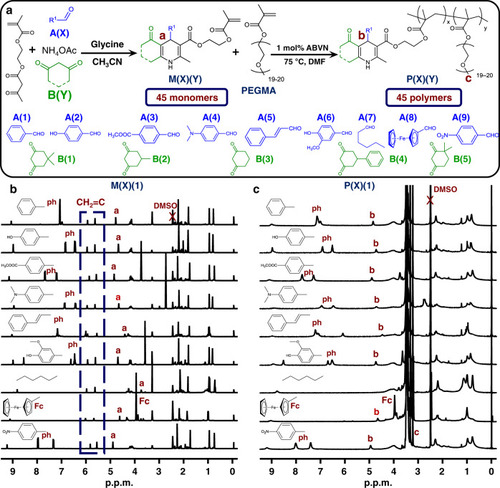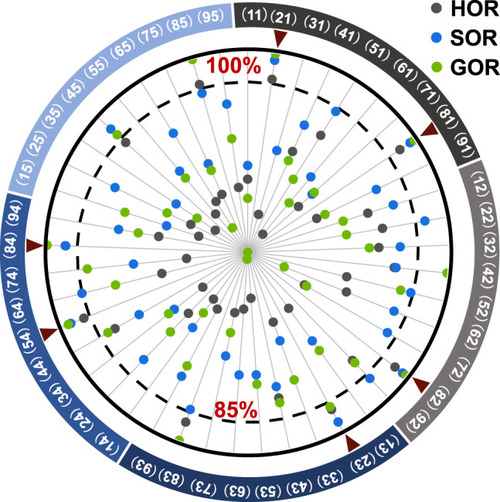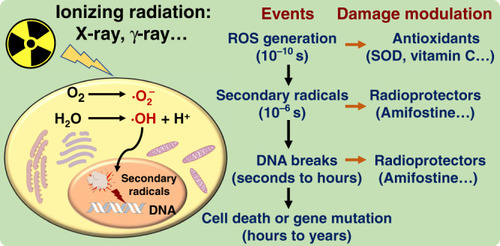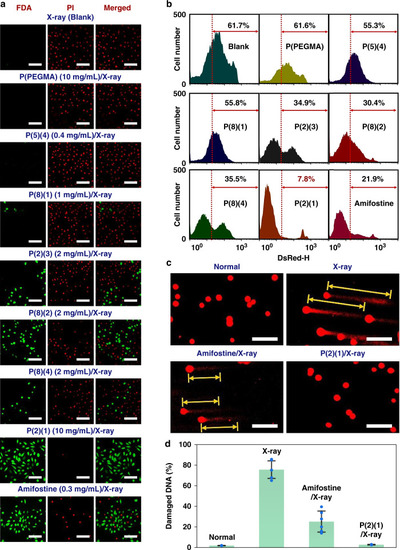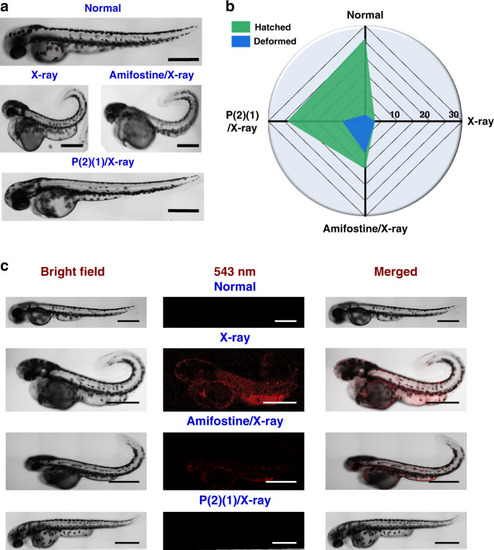- Title
-
High-throughput preparation of radioprotective polymers via Hantzsch's reaction for in vivo X-ray damage determination
- Authors
- Liu, G., Zeng, Y., Lv, T., Mao, T., Wei, Y., Jia, S., Gou, Y., Tao, L.
- Source
- Full text @ Nat. Commun.
|
Exploration of anti-radiation polymers by combining Hantzsch’s reaction, HTP technology and polymer chemistry. |
|
|
|
Polymers scavenging over 85% of three radicals were selected for the next study (red arrows). Source data are provided as a Source Data file. |
|
Events after radiation exposure and possible damage modulation by radioprotectors. |
|
|
|
|
|
|


